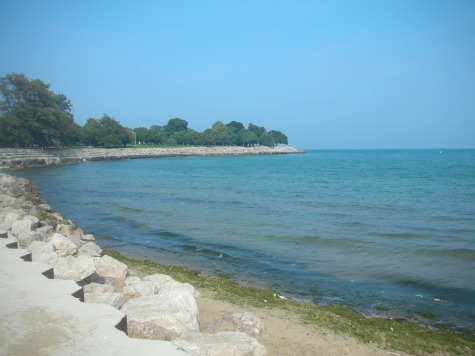Are you taking a risk when you're taking a dip?

Nothing says summer quite like lazy days at the beach. But before you grab your folding chairs and beach balls, you might want to check out your coastal destination. In 2010, the number of beach closings and advisories in the U.S. reached 24,091—the second highest in 21 years. Looks like the SPF on that bottle of sunscreen isn’t the only thing you should be worried about when you head to the nearest shoreline.
The vast majority (nearly three out of four) of beach closings and advisories in the U.S. result from high bacterial levels in the water. Poorly designed and aging sewage treatment systems are frequently to blame for this problem and some situational factors can exacerbate them. After a period of heavy rains, for example, sewers often overflow and untreated water makes its way into waterways and beaches. It’s wise to avoid beaches for at least 48 hours after heavy rains when the probability of this problem affecting water quality is highest.
It’s best to use caution when swimming at a beach, especially after heavy rains or if the beach has notoriously contaminated water. It’s also important to note that it takes 24 hours for a water quality test to produce results. Considering that swimming in dirty beach water could lead to skin rashes, pinkeye, respiratory infections, meningitis, and even hepatitis—you might want to err on the caution when it comes to going for a dip on the lakeshore.
One thing to note when you’re enjoying the beaches of Chicago is the color of the flag near the lifeguard stand. Red signals a swimming ban, yellow an advisory, and green means good to go. These flags indicate weather conditions that make swimming dangerous or poor water quality. In Chicago, waters are tested five days a week and the Chicago Park District’s facebook page provides beach closing announcements. In Cook County, the Natural Research Defense Council’s (NRDC) analysis showcases North Avenue beach as having the safest water, with fewer than 3% of samples reaching above normal bacterial levels. Watch out for the beaches of Evanston and the South Shore, where water samples are unsafe one out of three times.
The NRDC has created a chart rating the safety of many beaches around the US based on their water quality history, testing frequency, and advisory history. Click here to see how your local beach measures up. You can also get the daily Beach Report for Chicago here.

Leave a comment